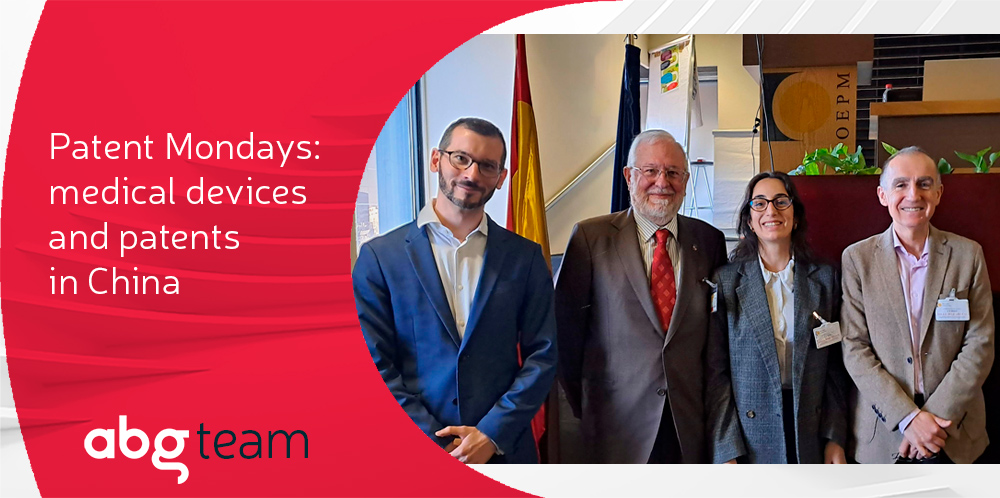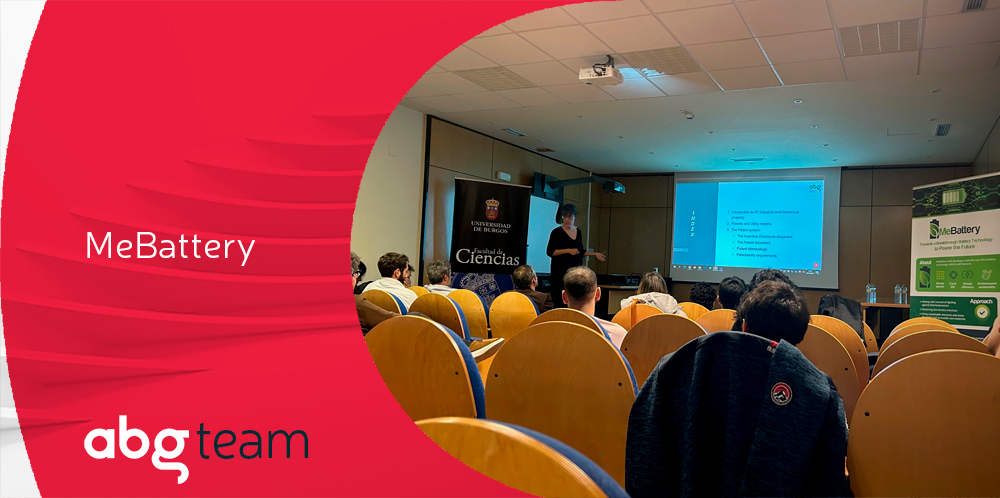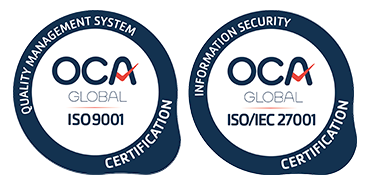Patents and their territorial scope. The Paris Convention.
Patents and utility models have a limited geographical scope, i.e. a patent granted in one country has no effect beyond the territorial boundary of that country and cannot be infringed upon in other countries.
As a consequence, when protection for an invention is desired in more than one country, it is necessary to file patents (or utility models) in the various countries of interest. The effect of a patent or utility model starts only when it is filed with the corresponding patent office of the country of interest.
It could be hard to organise the filing of applications in various countries so that they take place simultaneously with the filing in the country of origin of the person or organization holding the rights to the invention.
To establish common rules, including the right to national treatment and the right of priority which would provide a solution to said difficulty, 11 countries [1] decided back in 1883 to form a “Union for the protection of industrial property” (the Union) and signed a Convention to regulate it. As the conference took place in Paris the Convention was named “Convention of Paris for the Protection of Industrial Property” (from now on referred to as the Paris Convention). The Paris Convention was then ratified by 10 countries [2] on July 7, 1884 and entered into force said year.
What is the right of priority?
The priority right provides anyone who has filed a first patent application (or a utility model application) in a country (in which the Convention is in force) the right to wait for a period of a maximum of twelve months until he files applications for the same invention in other countries.
If the subsequent applications are filed within the prescribed period, any event occurred between the filing of the first application and the filing of said subsequent applications shall not have any effect on the subsequent applications, in particular they shall not be invalidated by other filings, neither by the publication or exploitation of the invention .
To which countries/territories does the right of priority apply?
After its initial ratification by 10 states the Paris Convention has been revised and/or amended seven times (the last one on September 28, 1979). At present it is in force in 177 states [3] including Spain as well as the other members of the European Patent Convention.
Does the Paris Convention apply to the Patent Cooperation Treaty (PCT) and to the European Patent Convention (EPC)?
The Paris Convention can only be signed by states. Thus, it does not have direct application to the PCT or the EPC. However, both the PCT and the EPC contain regulations on the priority right[4] which are aligned with those of the Paris Convention and interpreted in accordance with it.
If a country is not member of the Paris Convention, is there any other option to benefit from a priority right?
On 15 April 1994 the Marrakesh Agreement establishing the World Trade Organization (WTO) was signed. Said agreement contained, as an annex, the Agreement on Trade-Related Aspects of Intellectual Property Rights (TRIPS) which entered into force on 1 January 1995.
Article 1(2) of the TRIPS oblige its members to comply with Article 4 of the Paris Convention establishing the right of priority. Thus, priority can be claimed between members of the WTO even when they have not signed the Paris Convention. This applies to Cabo Verde, Fiji, Maldives, Myanmar, Solomon Islands, Taiwan and Vanuatu.
Similarly, priority from countries members of the WTO can be claimed under the PCT and the EPC. Priority from non-WTO member states, such as Taiwan, can also be claimed under a bilateral agreement between the EPO and this state.
Assuming the country of origin and the countries in which further filings are to be made are members of the Paris Convention and/or of the WTO organization, are there other requirements to be met for a valid priority claim?
There are further requirements that need to be met for a valid priority claim to exist in the light of the European Patent Convention. These are:
1- The subsequent patent applications shall be for the same invention than the priority application from which they want to claim priority
If the subsequent patent applications contains subject matter not contained in the priority application, said subject matter shall not benefit from the said priority.
Here are some examples:
- Particular embodiments of an invention not described in the priority application (such as new examples) shall not benefit from the claimed priority. As a consequence, it is possible that prior art, disclosed after the priority date, compromises the patentability of claims directed specifically to said new embodiments of the invention.
Notwithstanding the above said new embodiments shall still enjoy protection as far as they are covered by a broader claim which does enjoy protection.
- Any new aspect introduced in the further application but not disclosed in the priority application shall not benefit from its priority date. For any such new aspect the first subsequent application might be used itself for claiming priority (albeit only for the new aspect).
- When an application contains more than one inventive concept it is possible to claim several priorities since each inventive concept may have been protected in a first priority filing.
2- The right to claim priority exists separately from other rights arising from the first application
This has the consequence that said right to claim priority may be transferred to a third party separately from the ownership of the first application.
It also means that when transferring the rights of an application that may in the future be relied upon for claiming priority it is wise to specify that the transfer includes the priority right.
3- The successive applications and the application from which they shall claim priority must be in the name of the same person/organization or groups of persons/organisations
It is extremely important that the applicant of any subsequent application holds the right to claim the priority of the first application before the filing date of the subsequent applications. Failure to meet this requirement may render the priority claim invalid even when the right to claim priority is later assigned to the applicant of the subsequent applications. Some very important patents have been revoked by the EPO because the applicants of the priority and subsequent applications where not the same.
4- The successive applications shall not be filed later than 1 year after the date of filing of the application from which they want to claim priority
It is extremely important to observe the 1 year period otherwise the right to claim priority is lost and can only be re-established in the 2 months following the end of said period under the following very exceptional circumstances[5]:
(i) the non-observance of the 1 year period occurred in spite of due care required by the circumstances having been taken [6]; or
(ii) the non-observance of the 1 year period was unintentional
5- An application which claims itself the priority of an earlier application may not be used to claim priority in subsequent applications except in a few exceptional cases
For a subsequent application in respect of the same subject-matter as a previous first application to be considered as the first application for the purposes of determining priority the following conditions apply:
(i) at the date of filing the subsequent application, the previous application must have been withdrawn, abandoned or refused, without being open to public inspection and without leaving any rights outstanding
(ii) the previous application must not have served as a basis for claiming a right of priority and may not thereafter serve as a basis for claiming a right of priority.
I failed, by mistake, to claim priority when filing a subsequent European application although I was meeting all the requirements. Can I still correct it?
The Boards of Appeal of the EPO decided in decision J 009/91 that this would be possible under the following circumstances:
(i) The request for adding the priority claims is made sufficiently early for a warning to be included in the publication of the patent
(ii) It can be credibly shown that the omission was a genuine mistake and that the request for addition does not represent a change of mind on the part of the applicant.
I have filed subsequent applications validly claiming priority. Am I “safe and sound”?
The short answer is “not totally”. Here is why:
“Late disclosures” may still affect your applications
The right of priority has the effect that the date of priority shall be the cut-off date of disclosures that are to be considered as part of the state of the art to evaluate the patentability of the claimed invention. Thus, any disclosure taking place after said priority date (from now on “late disclosures”) shall not be considered to form part of the state of the art.
However, this does not mean that any “late disclosure” after the priority date will be devoid of any effect for what regards the evaluation of patentability. Let’ see why.
If a “late disclosure” contains statements which compromise the credibility of data present in the application supporting the existence of a technical effect which is relevant for the determination of inventive step, the examiner may refuse to take into consideration the data present in the application in support of inventive step.
A clear example of this situation arise when the “late disclosure” casting doubts on the credibility originates from the applicant and/or the inventors of the patent application. Applicants are advised to be very careful when making disclosures “connected” with already filed applications in the confidence that any disclosure after a valid priority shall be “harmless” to the fate of the application.
Can a priority claim be withdrawn? Why could withdrawal be useful?
The date of priority claimed in an application (or the earliest date of priority if several are claimed) is an important date also from a procedural stand point since many of the deadlines are counted starting from said date. Some important examples are:
(i) patent applications are normally published around 18 months counted from the earliest priority date
(ii) the demand for international preliminary examination must be submitted not later than 22 months [7] counted from the priority date
(iii) the deadline for entering national/regional phases with a PCT application is 30 or 31 months (depending on the country) counted from the earliest priority date
Thus, validly withdrawing the earliest claimed priority date has the direct consequence of postponing, among others, the above mentioned deadlines providing the applicant with extra time.
It is important to realize that priority withdrawal is an extreme measure to be taken as it implies losing the benefit of the withdrawn priority with the potential risk that prior art disclosed between the date of the withdrawn priority and the date of the next validly claimed priority (or the date of filing of the application if there is no other priority) may affect the patentability of the claimed invention.
If the advantages of withdrawing a priority outweigh its risks one could consider this measure taking into account that:
(i) If it is desired to withdraw priority during the international phase of a PCT application, the request for withdrawal must made before the expiration of 30 months from the priority date.
(ii) Withdrawal of priority during the national phases is governed by the regulations of each country or supranational organisation. In the case of the EPO this can be done at any time.
Withdrawal of a priority shall in no case affect the deadlines which have already lapsed.
What if during my priority year I realize the priority application is incorrect, or I didn’t have the possibility of developing the invention. May I start a new priority right for the same invention?
As explained above, under Art 4C(4) of the Paris Convention and its equivalent Art. 87(4) EPC, it is possible to withdraw priority application, and to file a new application to trigger a new priority period of 12 months. However, it is mandatory that the following conditions are met:
- The first application has to be withdrawn, abandoned or refused without leaving any rights outstanding before the subsequent application is filed. We strongly recommend filing a letter to the patent office with this wording, at least one day before the filing of the subsequent application, to have evidence that this requirement has been met;
- The first priority application must not have been published or laid open for inspection;
- The first priority application must not have been used for a priority claim and shall not be used for that purpose in the future.
- There is no publication of the invention, either by the inventors themselves or by third parties. We recommend to make a search in the prior art databases to confirm that the risk of having a recent publication of the invention is low.
[1] France, Belgium, Brazil, Guatemala, Italy, Netherlands, Portugal, El Salvador, Serbia, Spain and Switzerland.
[2] From the 11 initial signatories 3 countries (Guatemala, El Salvador and Serbia only ratified it in the 90s. However, on the first ratification date (07.07.1984) 2 additional countries (Tunisia and the United Kingdom) joined the system.
[3] The complete list of member states can be found at https://www.wipo.int/export/sites/www/treaties/en/documents/pdf/paris.pdf
[4] Article 87 of the EPC and Article 8 of the PCT.
[5] Rule 136 EPC and Rule 26bis.3 PCT
[6] The EPO only allows re-establishment on the basis of “all due care” not on the basis on unintentionality.
[7] The deadline is 3 months from the transmittal to the applicant of the international search report and the written opinion of the International Searching Authority if this deadline expires later.















